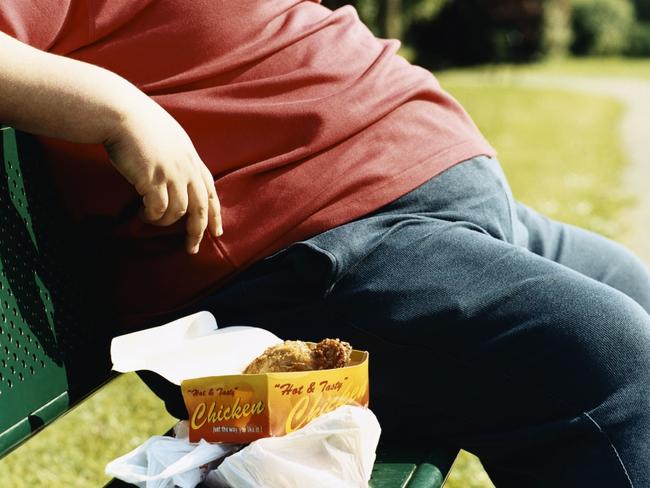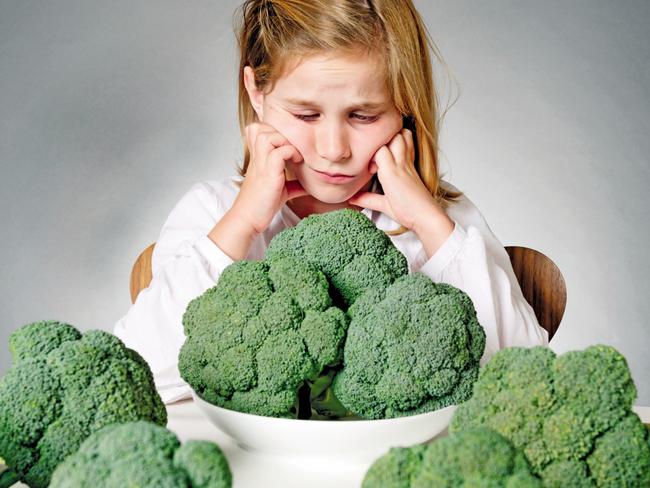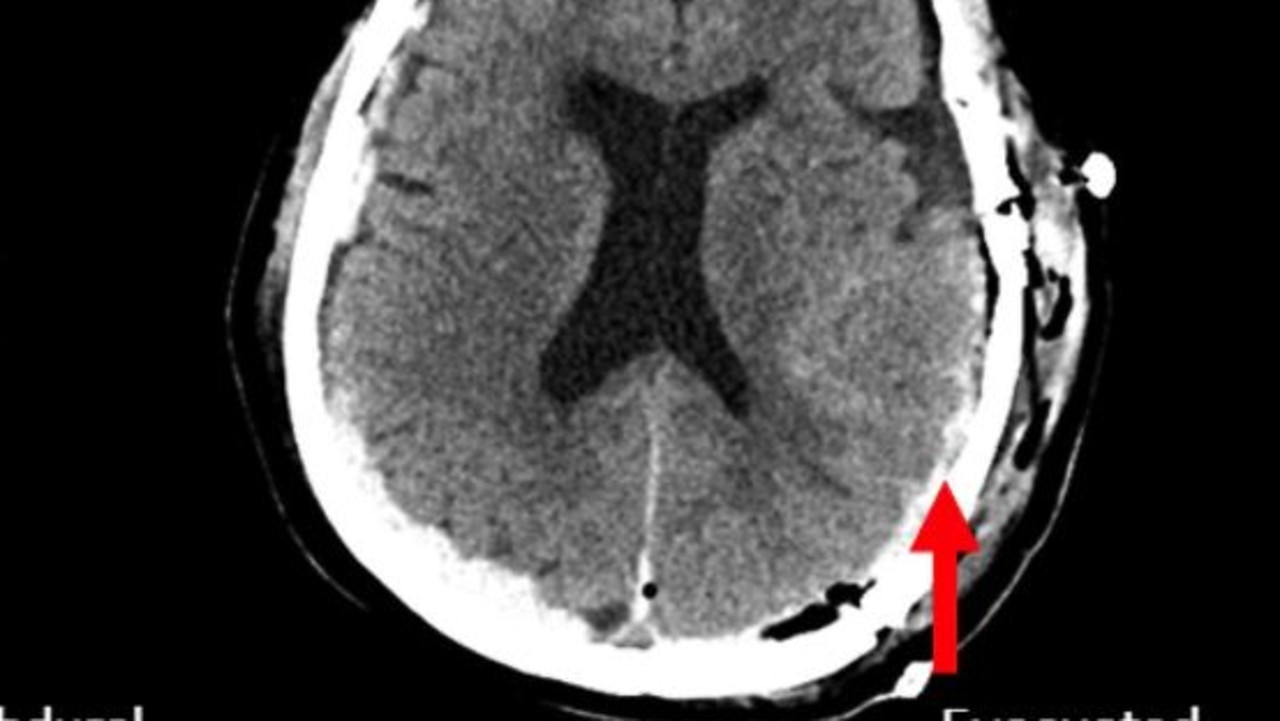Obesity epidemic worse in 2018 reveals Australian health report
THE number of severely obese Aussies has almost doubled in 20 years according to a damning new report — but it’s not just our diet that’s to blame.
Illness
Don't miss out on the headlines from Illness. Followed categories will be added to My News.
AUSTRALIA’S obesity epidemic is getting worse with the number of severely obese Aussies almost doubling in 20 years and one in five toddlers and young children now overweight.
A damning report into the state of Australians’ health, out today, has also found more than 99 per cent of children don’t eat enough vegetables and more than one in four children aged five to 17 are overweight or obese.
It comes as federal politicians investigate fresh evidence-based ways to tackle the crisis with a Senate inquiry into the “obesity epidemic” due to report in August.
MORE: School uniform sizes made larger to accommodate bigger kids
OPINION: Parents need to do more about kids weight

The report by the Australian Institute of Health and Welfare today found Australians rank among the world’s healthiest people, with girls born in 2016 expected to live to age 84 and boys expected to live to age 80, but obesity has become a “major” health problem for the country.
It also found that preventable risk factors such as smoking, excessive alcohol consumption and not getting enough exercise contribute to one third of the nation’s “disease burden”.
The number of severely obese Australian adults nearly doubled to almost one in 10 individuals in 20 years from 1995.
Young adults from age 18 to 21 showed the biggest change with 15 per cent now obese compared to 7.2 per cent of the same age group in 1995.
Australia’s obesity rate now ranks as the fifth worst among Organisation for Economic Co-Operation and Development (OECD) countries.
It was not just a case of poor diet or exercise habits, according to AIHW chief executive Barry Sandison, but involved biological, behavioural, social and environmental factors including the walkability of cities, rising work hours, increasingly sedentary jobs, larger portion sizes and food advertising.
Among the easily changeable factors, however, the report found 99.6 per cent of boys and 99.7 per cent of girls didn’t eat enough vegetables — and their parents were barely any better.
About 96.5 per cent of men and 94.8 per cent of women didn’t eat the recommended amount of vegetables

And more than half of Australian children and about 70 per cent of men and 77 per cent of women did not enough fruit.
“Understanding why someone may be obese — or in good or poor health generally — is complex and it’s important to look at the raft of factors across a person’s life that may be at play,” Mr Sandison said.
Greens leader Richard Di Natale said the report once again underlined that Australia’s obesity epidemic was out of control and nothing the government was currently doing was curbing it.
The Greens launched the Senate inquiry into the “obesity epidemic” in May this year which the senator hopes will start a national debate on the issue and bring together the best evidence for policy measures to “start to turn the epidemic around”.
“Unless we act soon the next generation of Australians are likely to have shorter life expectancy and lower quality of life ban we have enjoyed,” he told News Corp.
“We need the inquiry to look into how we got here, how to fix it, and the role of industry in creating the problems we have today.”
Coronary heart disease remains the biggest killer for males (13 per cent), followed by lung cancer, and dementia and Alzheimer’s disease, according to today’s report.
Dementia and Alzheimer’s disease was the leading cause of death for females (11 per cent) in 2016, followed by coronary heart disease and cerebrovascular disease.
But since 1980 death rates have fallen about fourfold for coronary heart disease and stroke.
While breast cancer was the most commonly diagnosed cancer for females and prostate cancer the most common diagnosis for men, lung cancer killed more Australians in 2016.
The report found half of Australians have a chronic condition such as diabetes, cancer, and cardiovascular disease, which are typically long lasting and require ongoing management.
It also found nearly half (45 per cent) of Australians aged between 16-85 years will experience a mental illness, most commonly anxiety, substance use disorders and mood disorders.
Men who had served in the ADF were nearly twice as likely to experience affective disorders like depression (9.4 per cent) compared to men who had not served (5.7 per cent).
And family, domestic and sexual violence caused more illness, disability and premature death for women aged 25 to 44 than any other risk factor.
Those who identify as homosexual or bisexual are more likely to experience an anxiety disorder (32 per cent) than heterosexuals (14 per cent).
The report also found Australian teenagers were waiting longer to first try alcohol, smoke a full cigarette and use illicit drugs, with cannabis, ecstasy and cocaine use falling.
— with AAP


